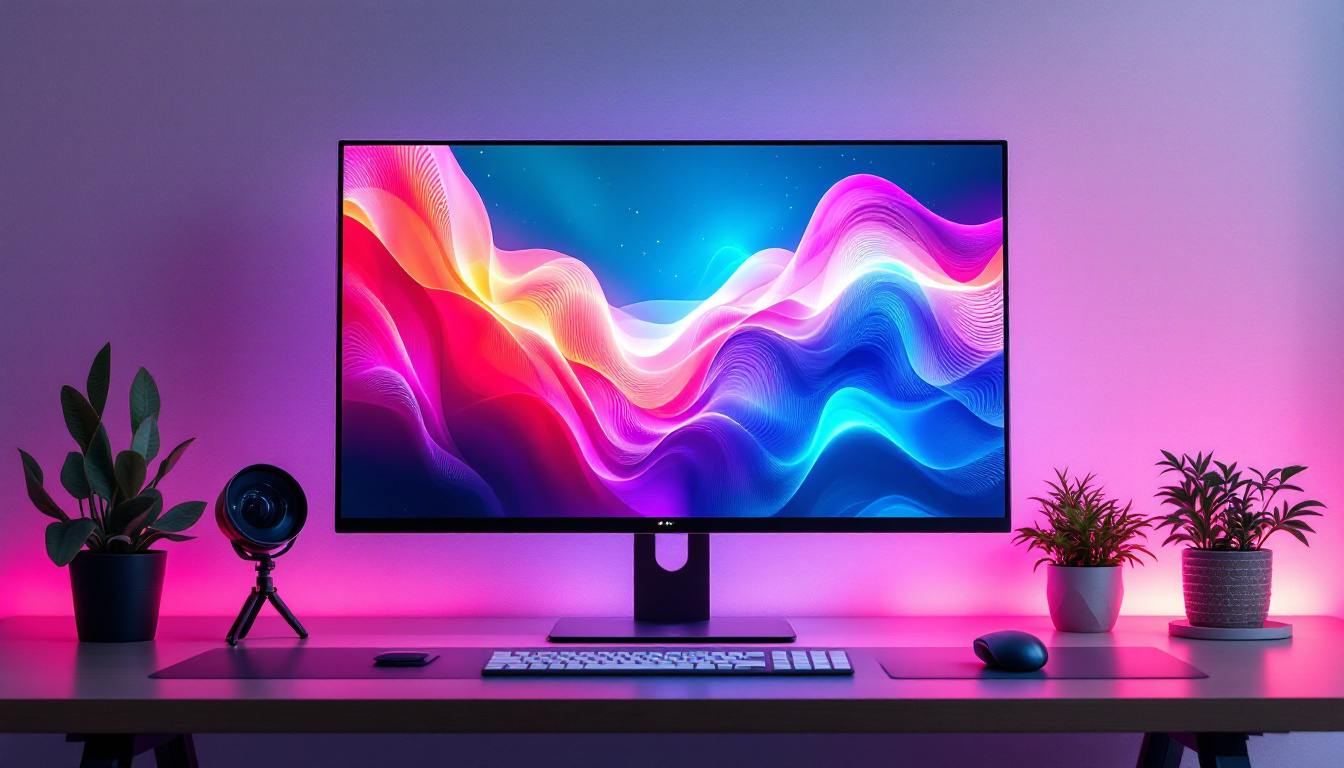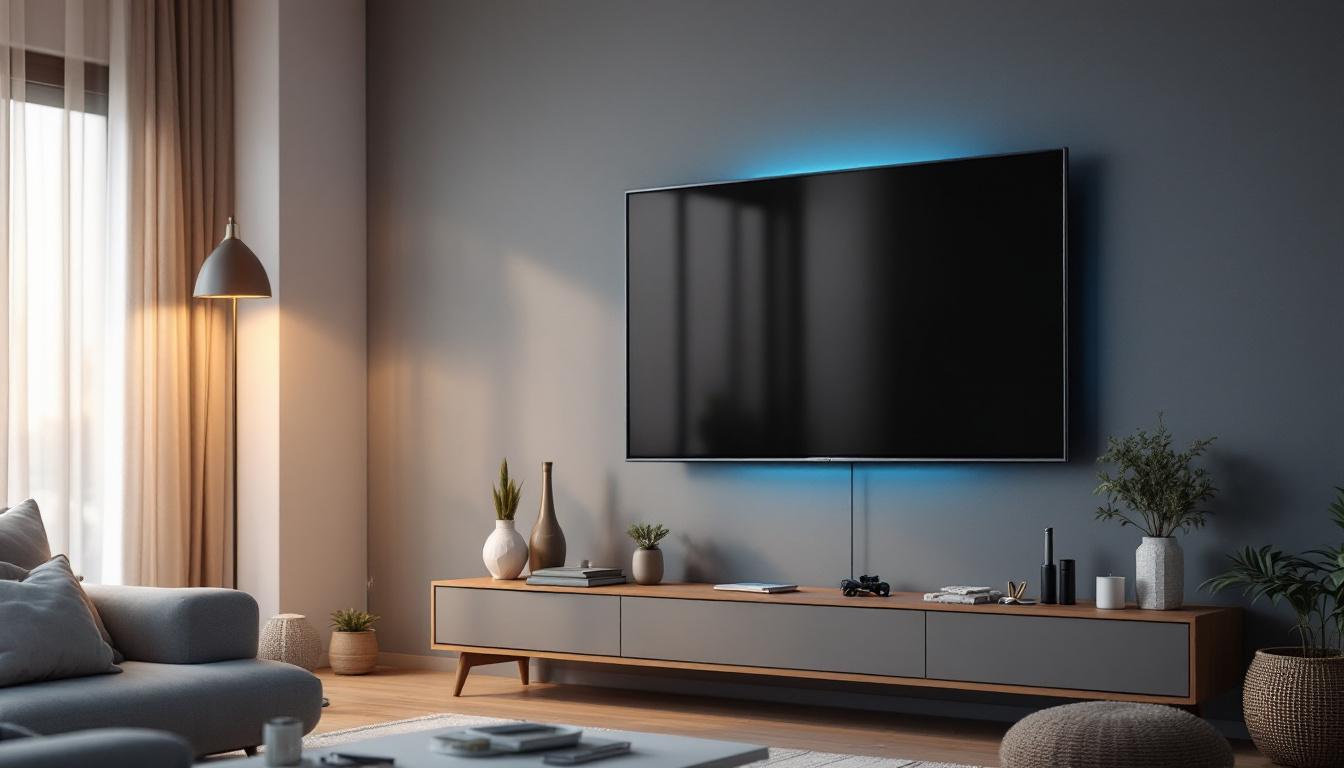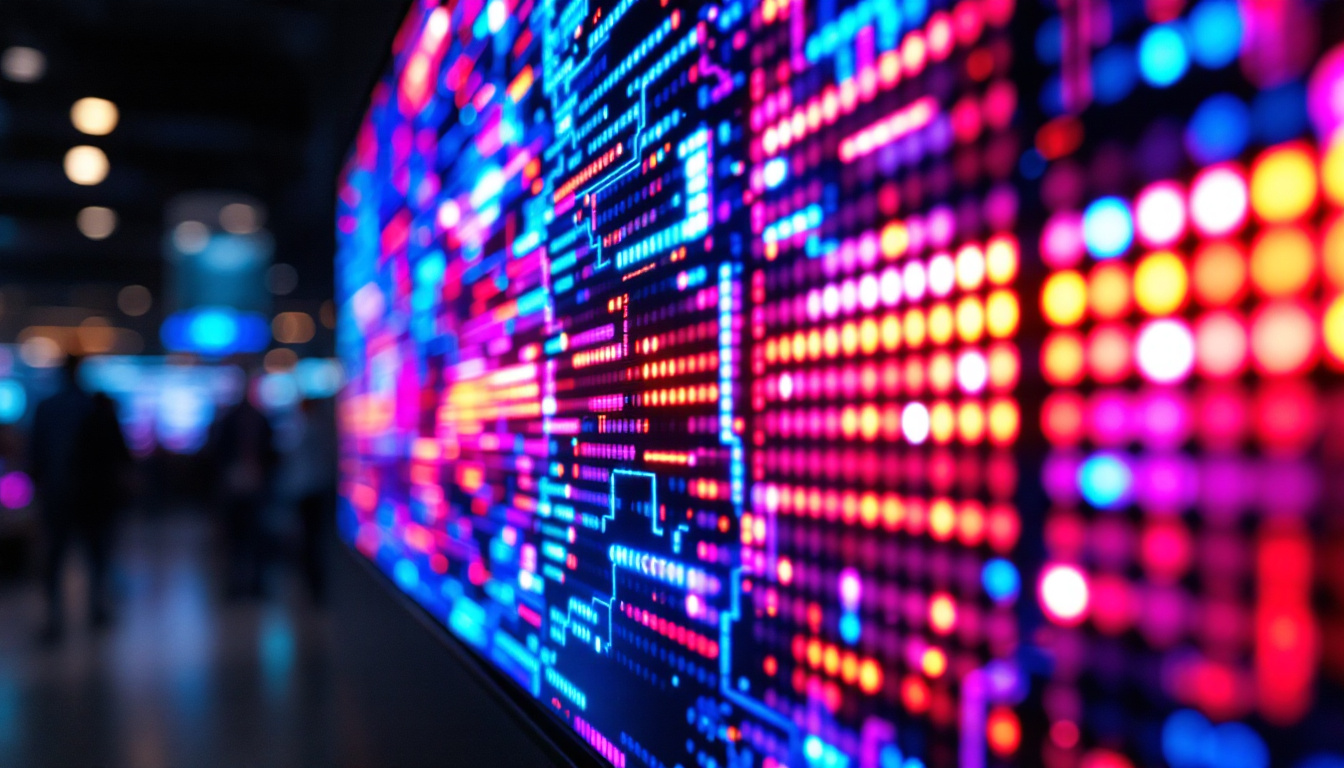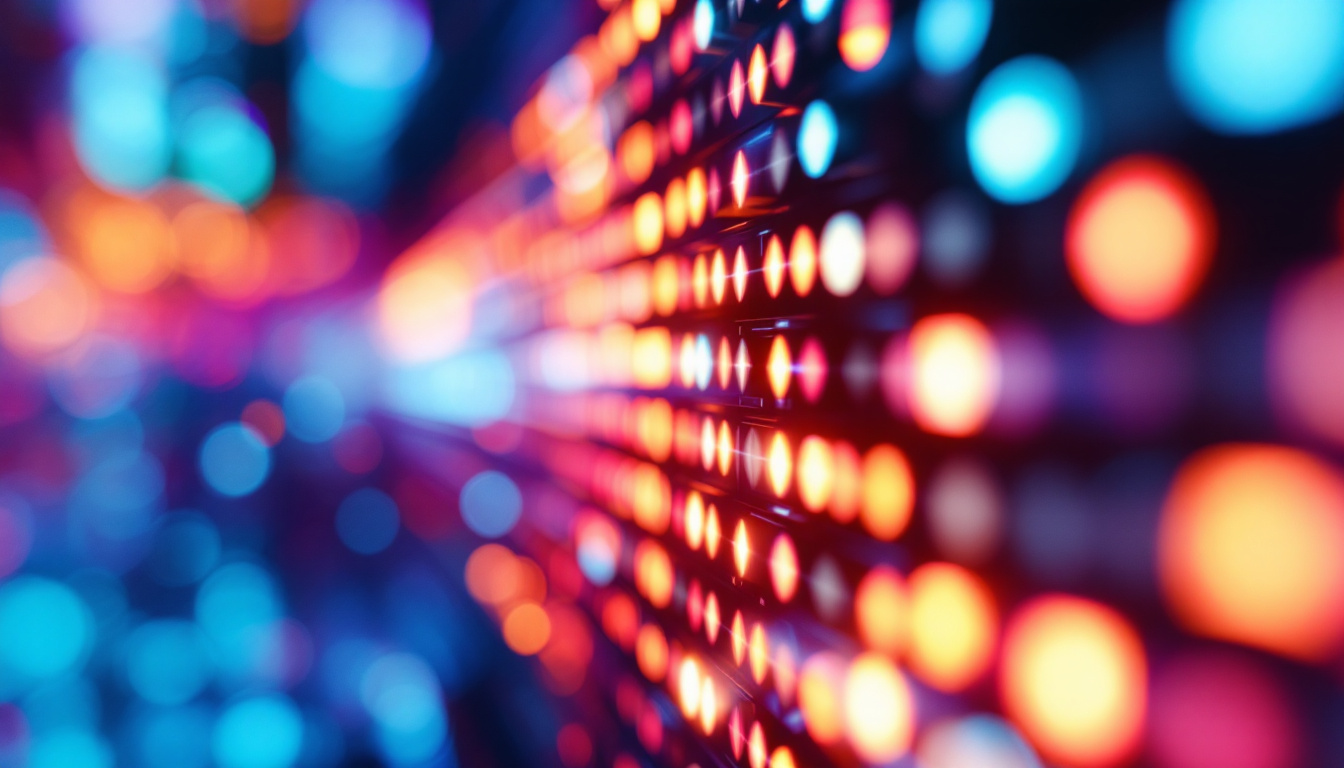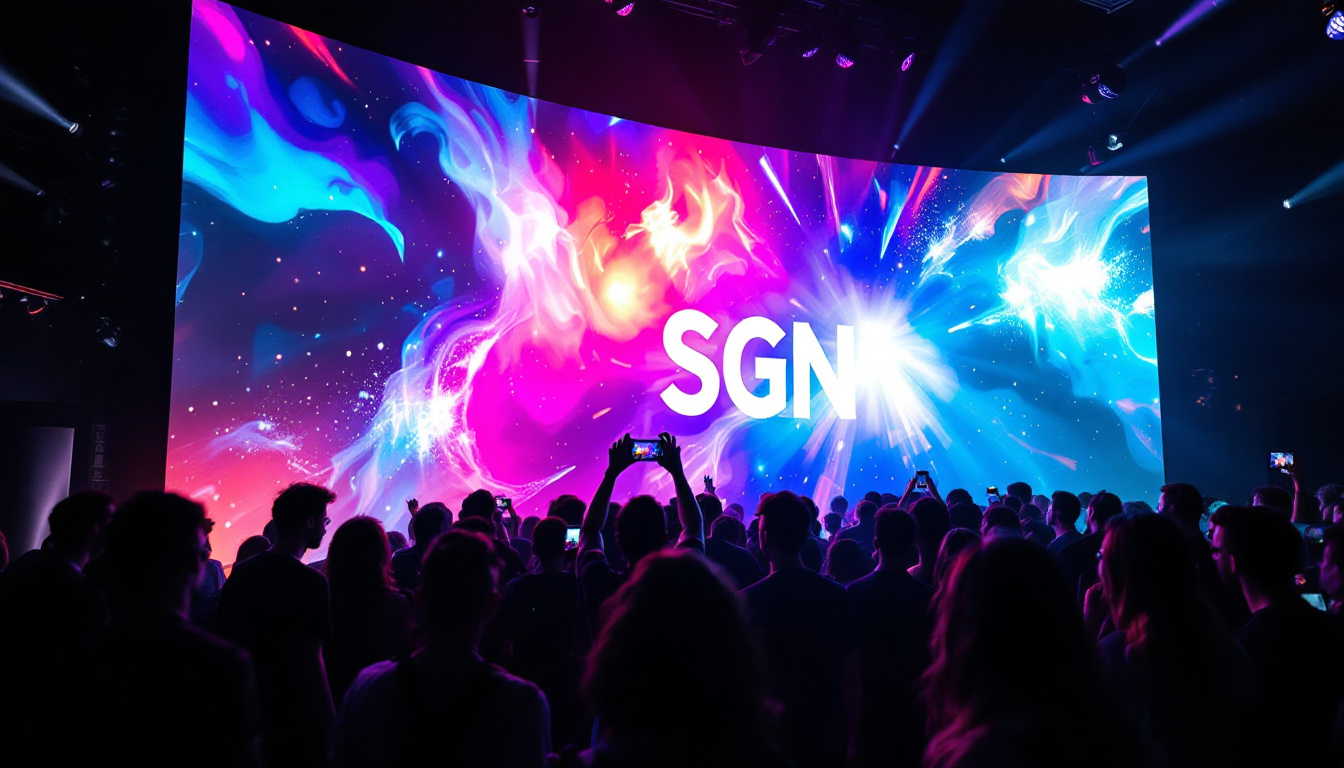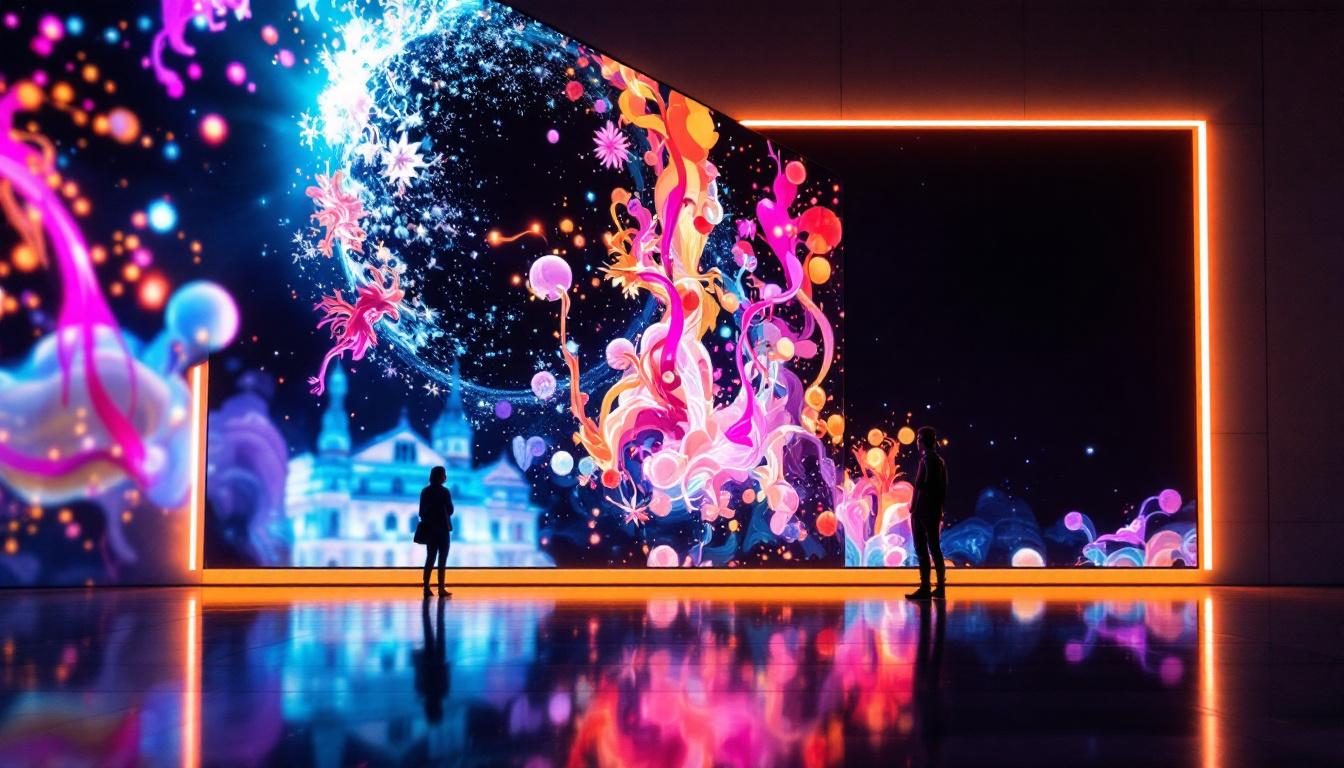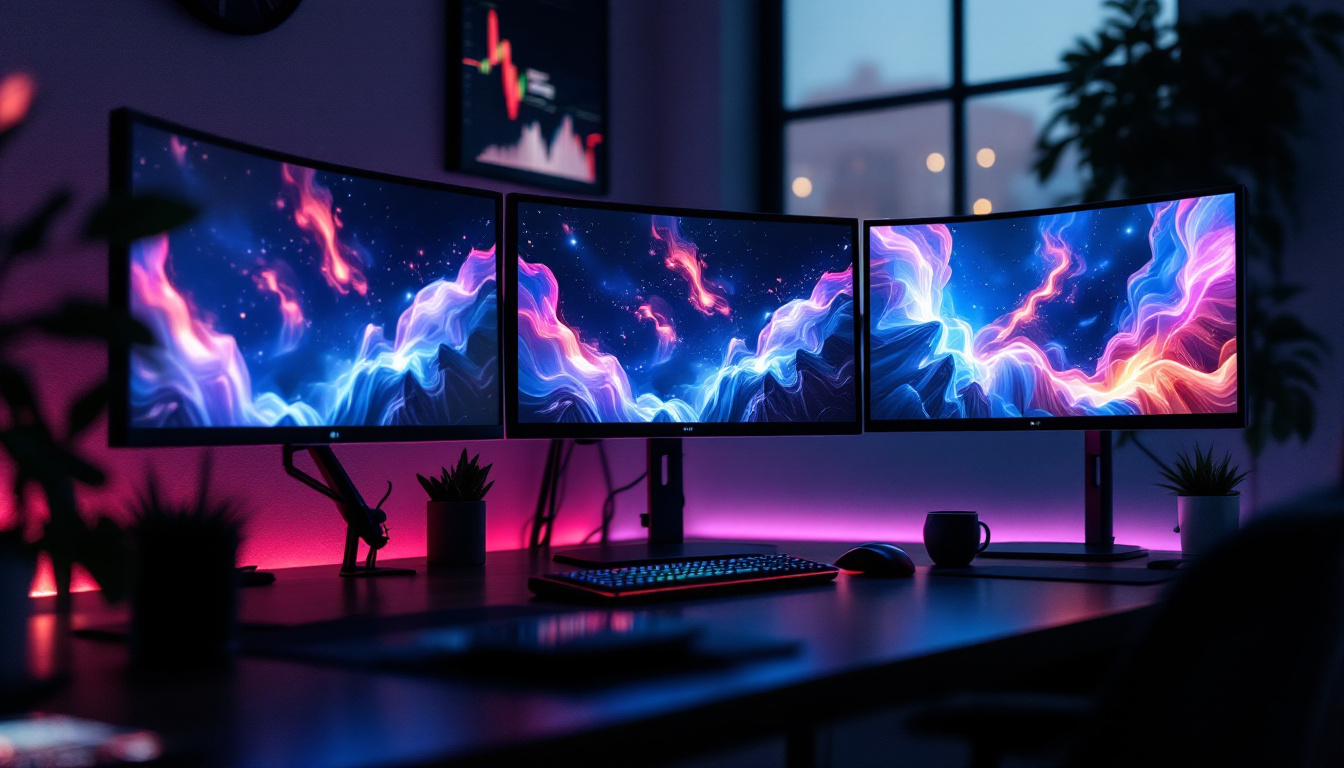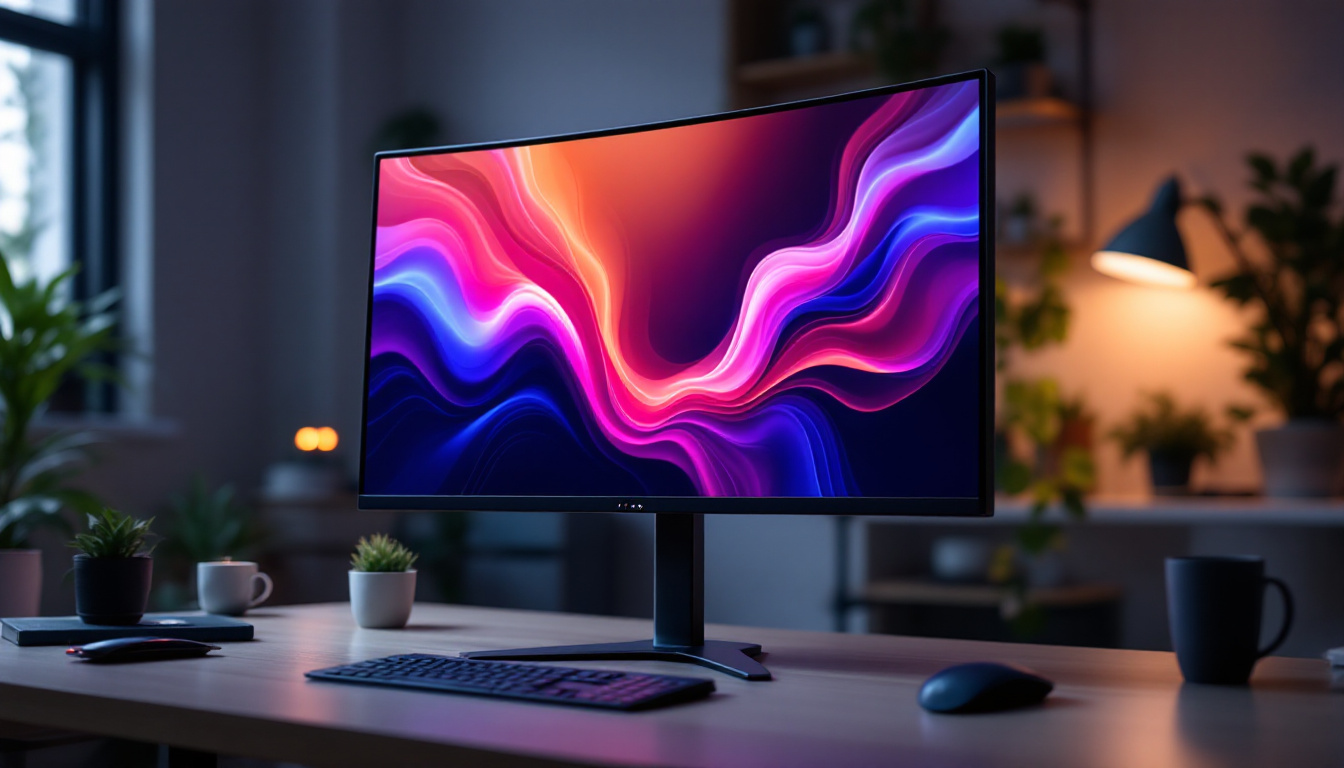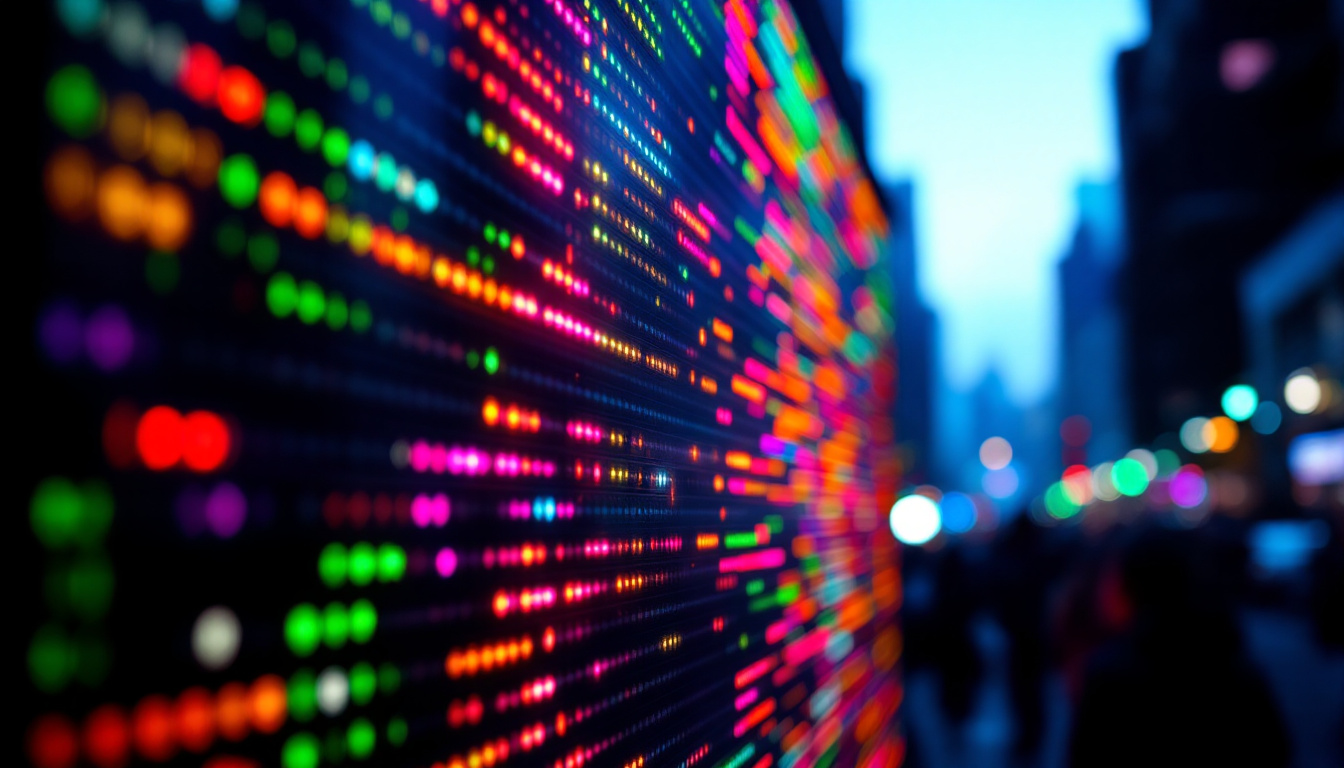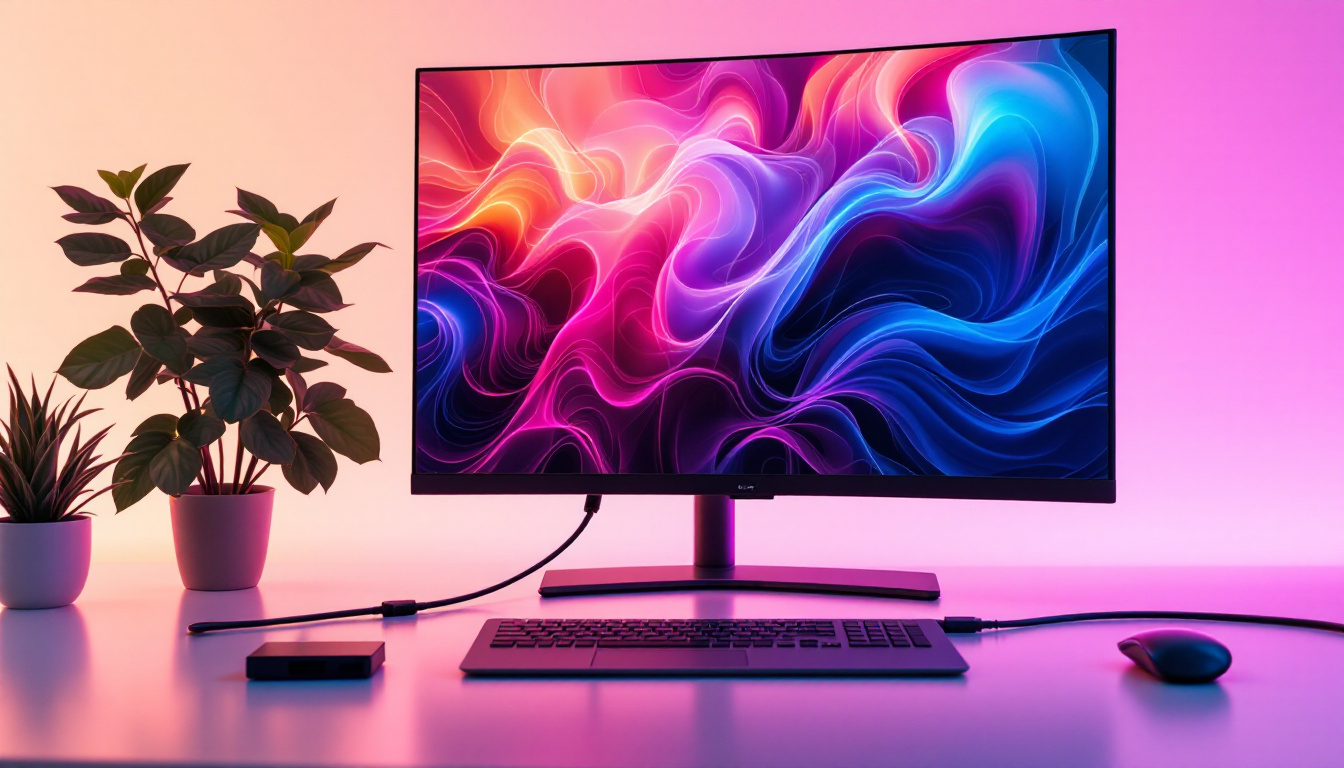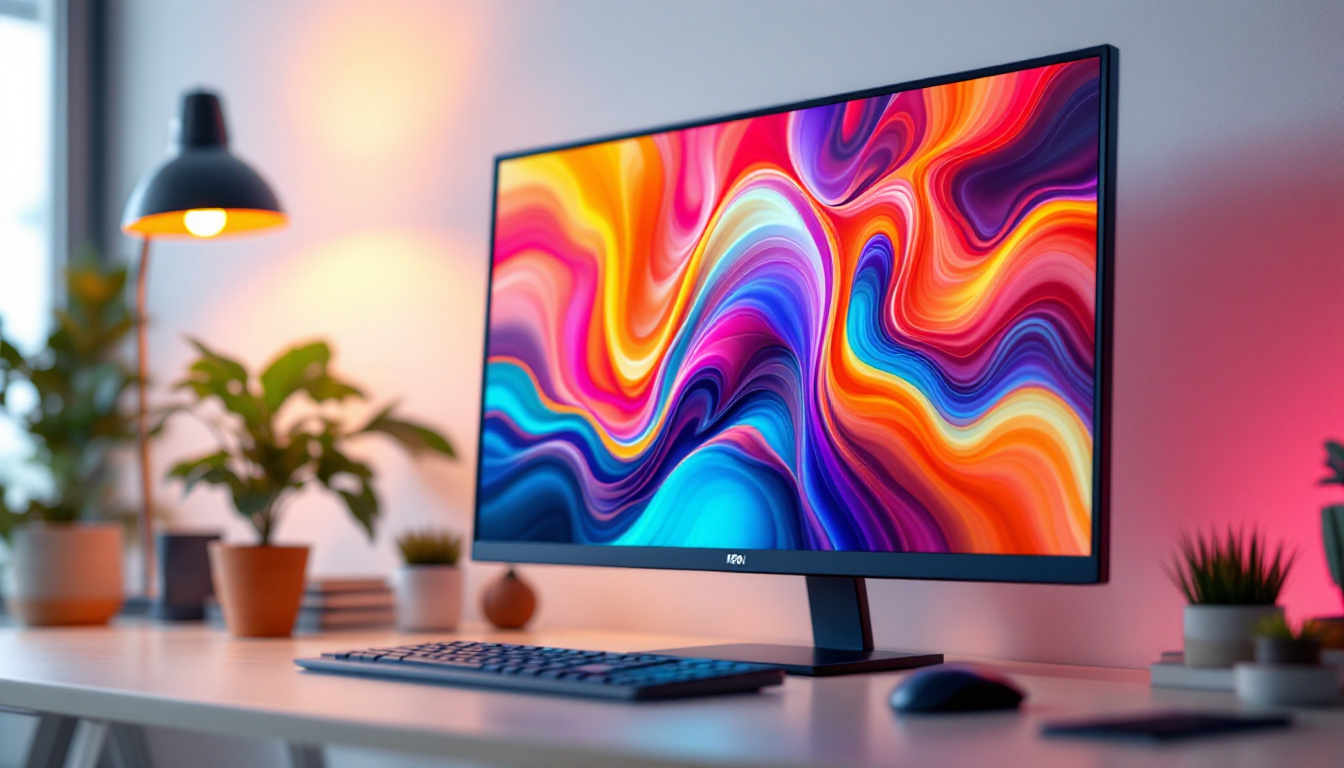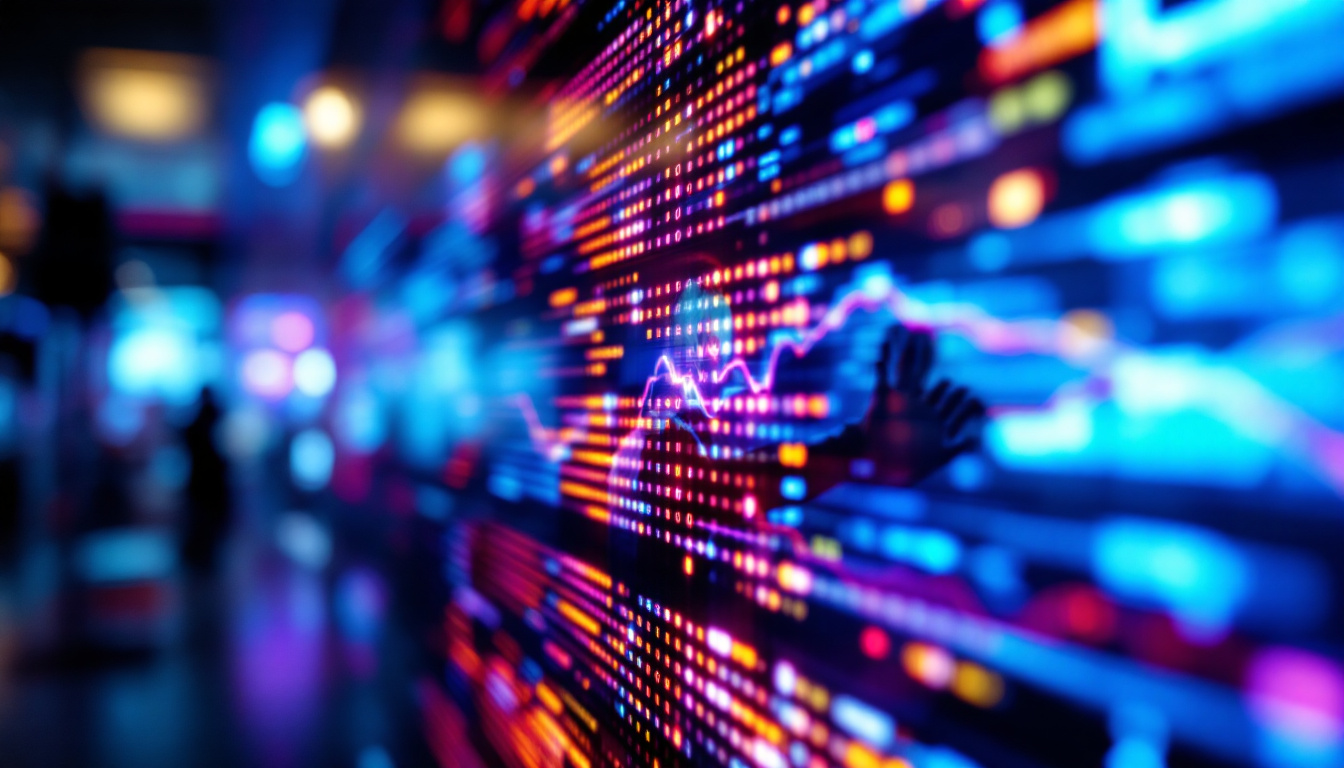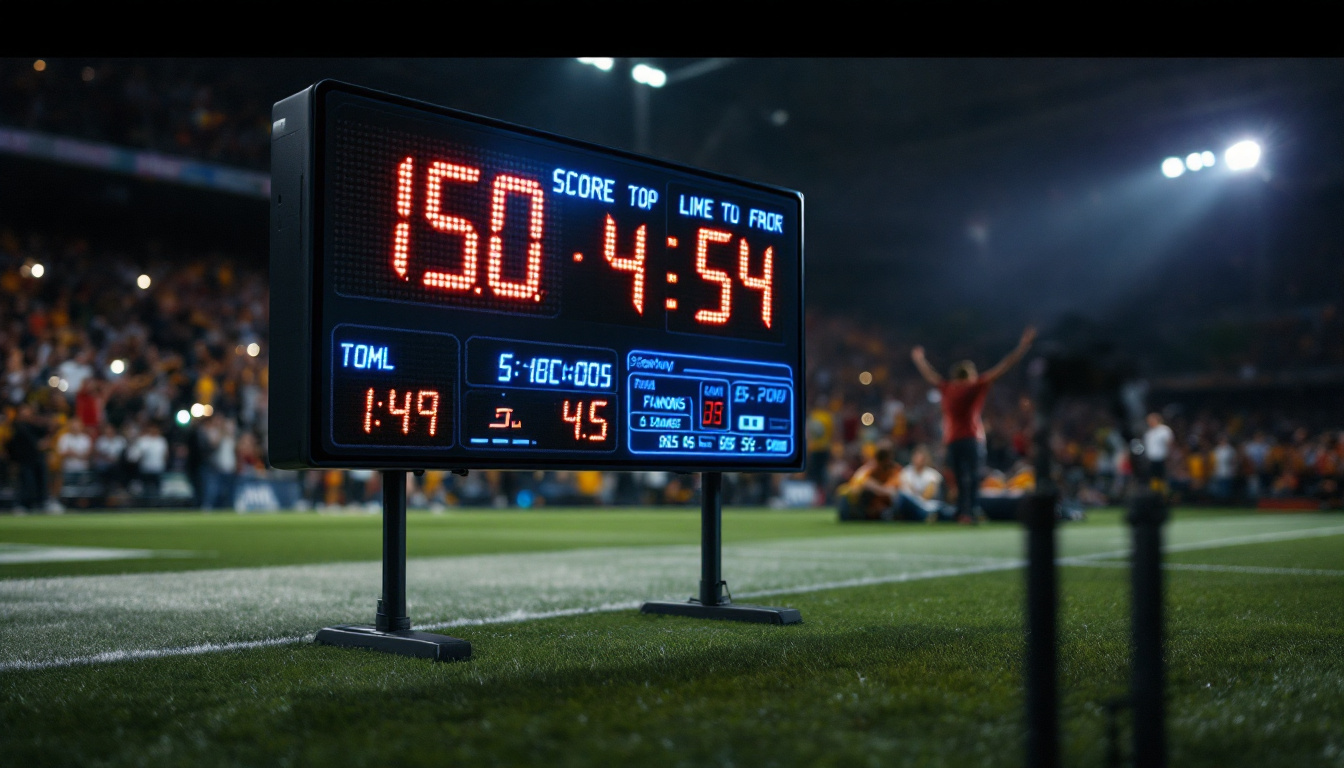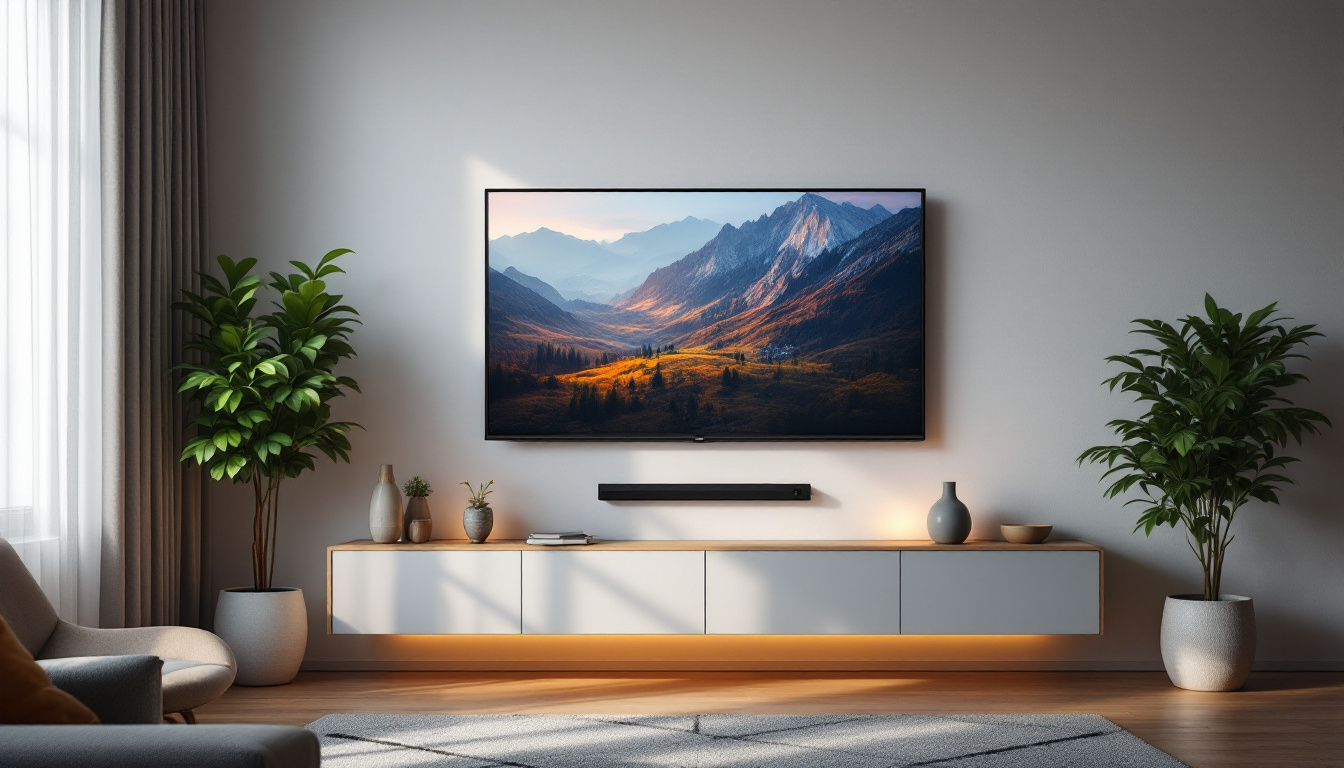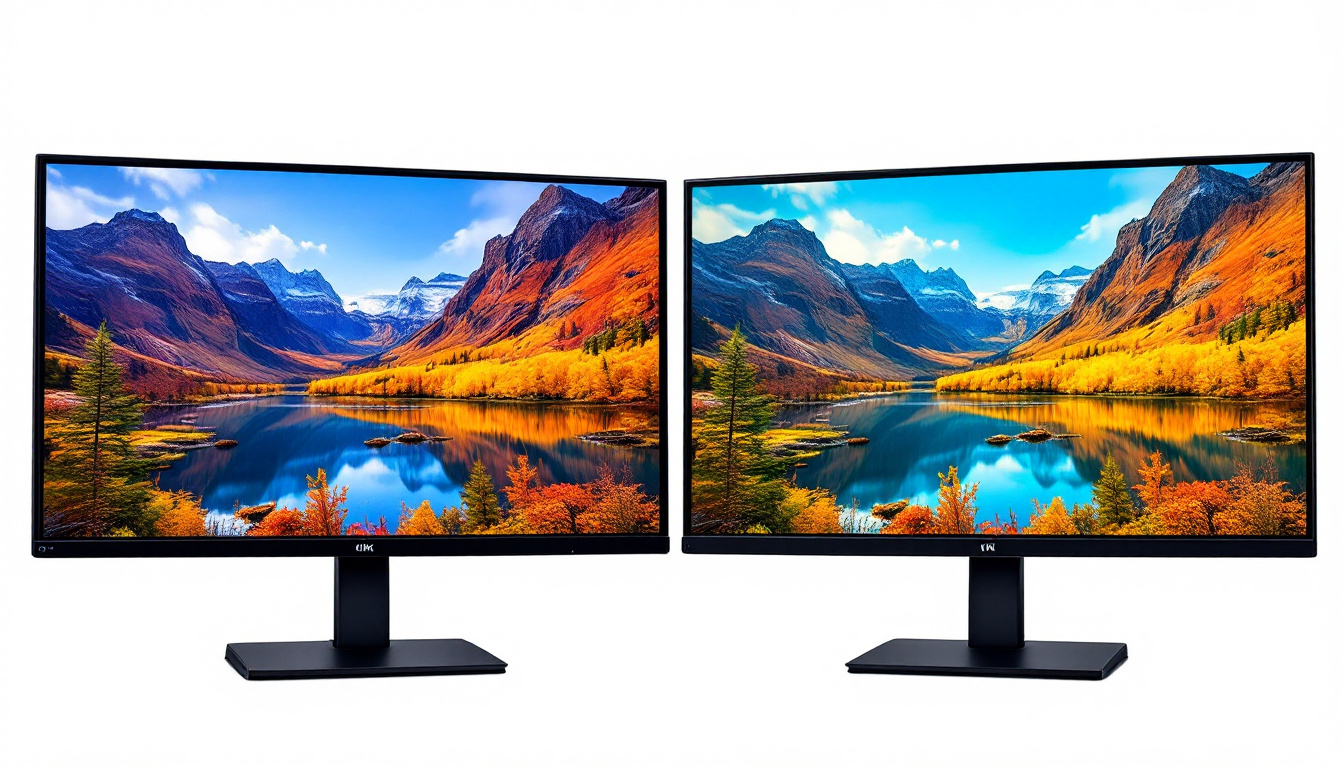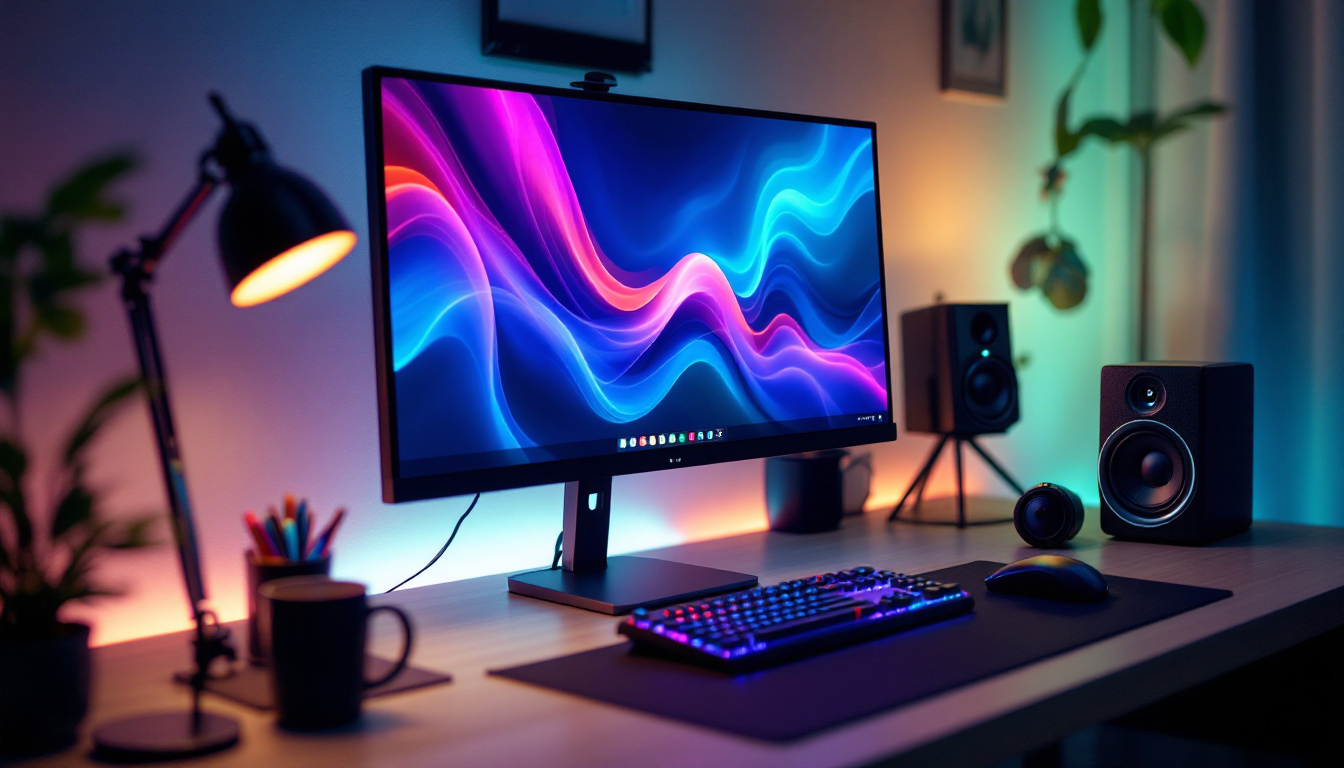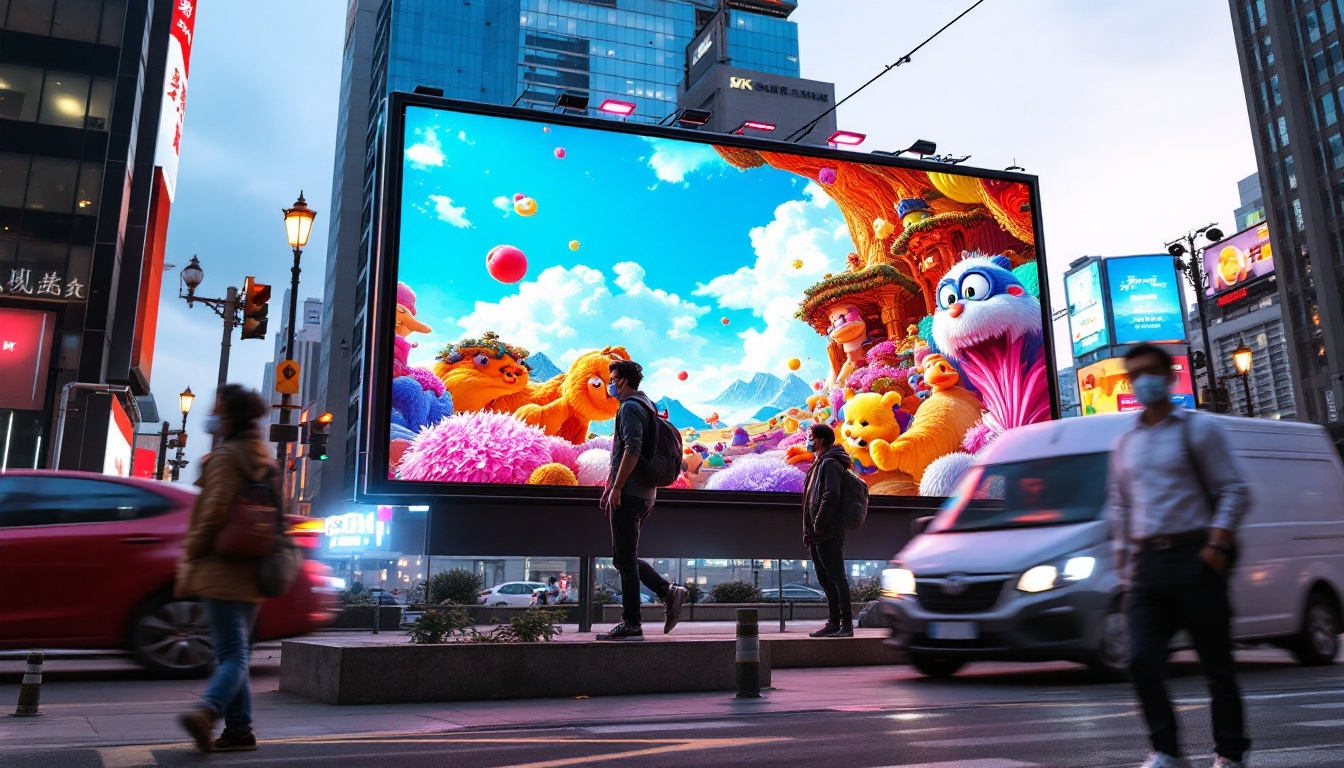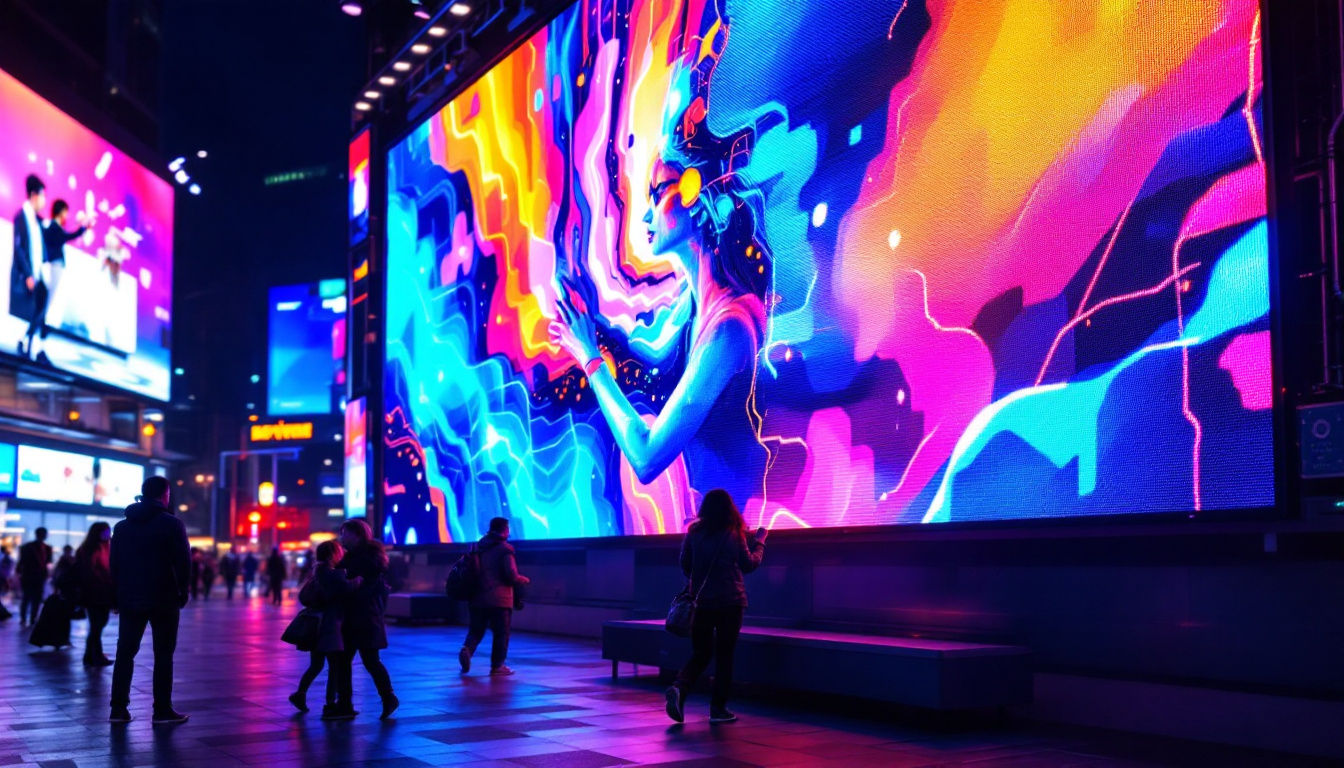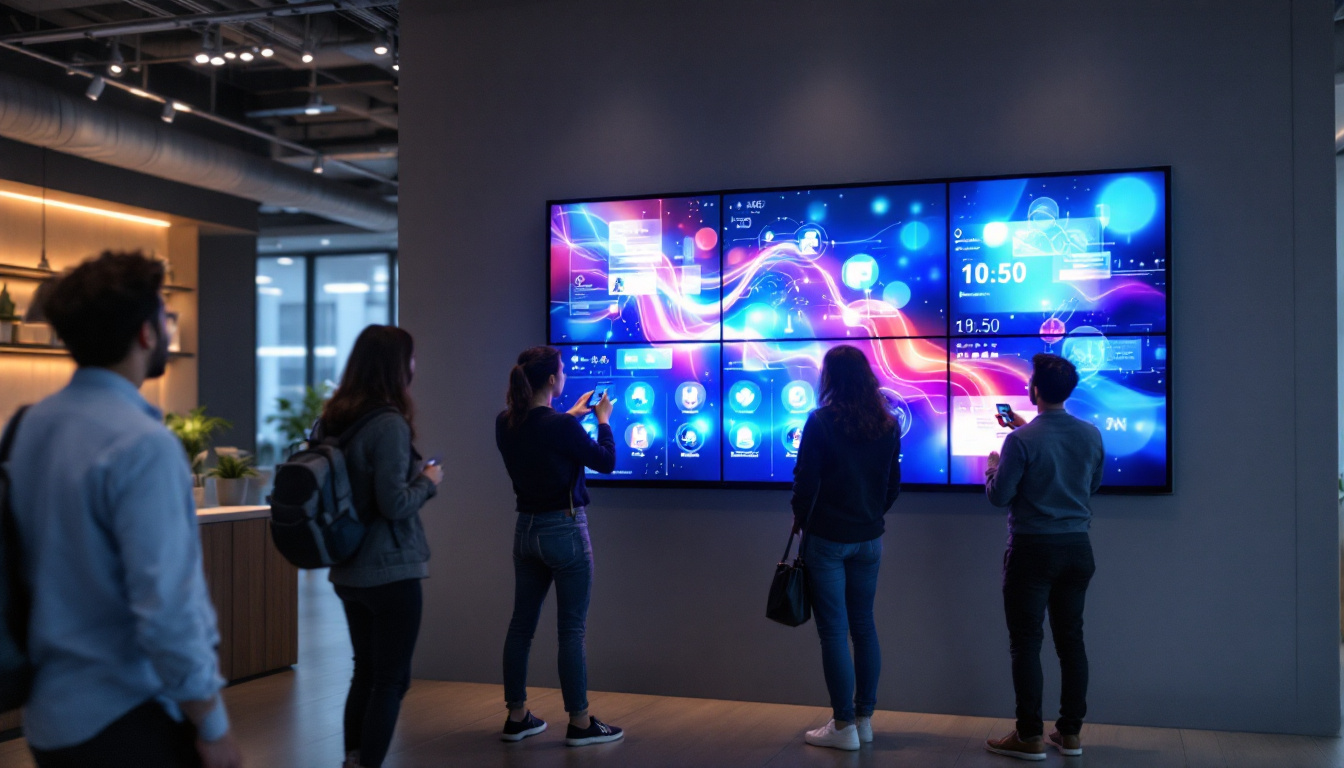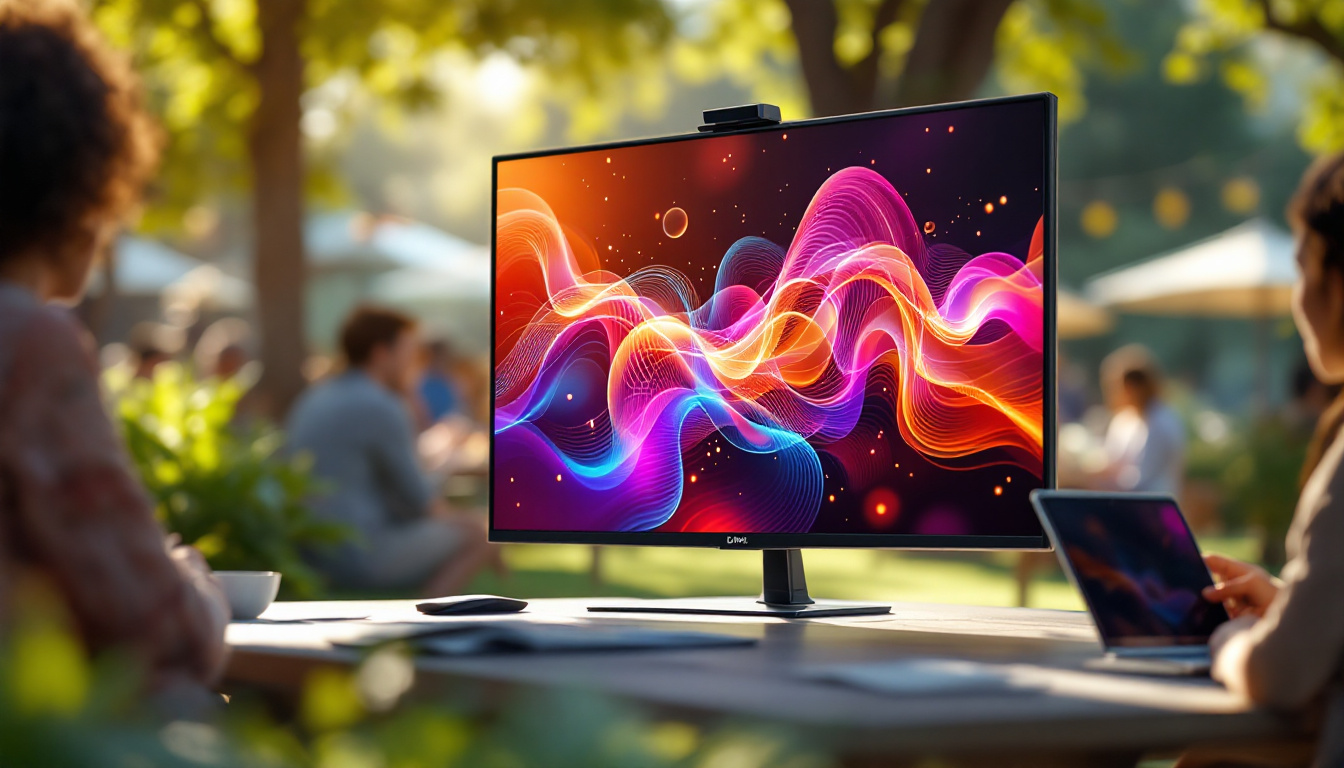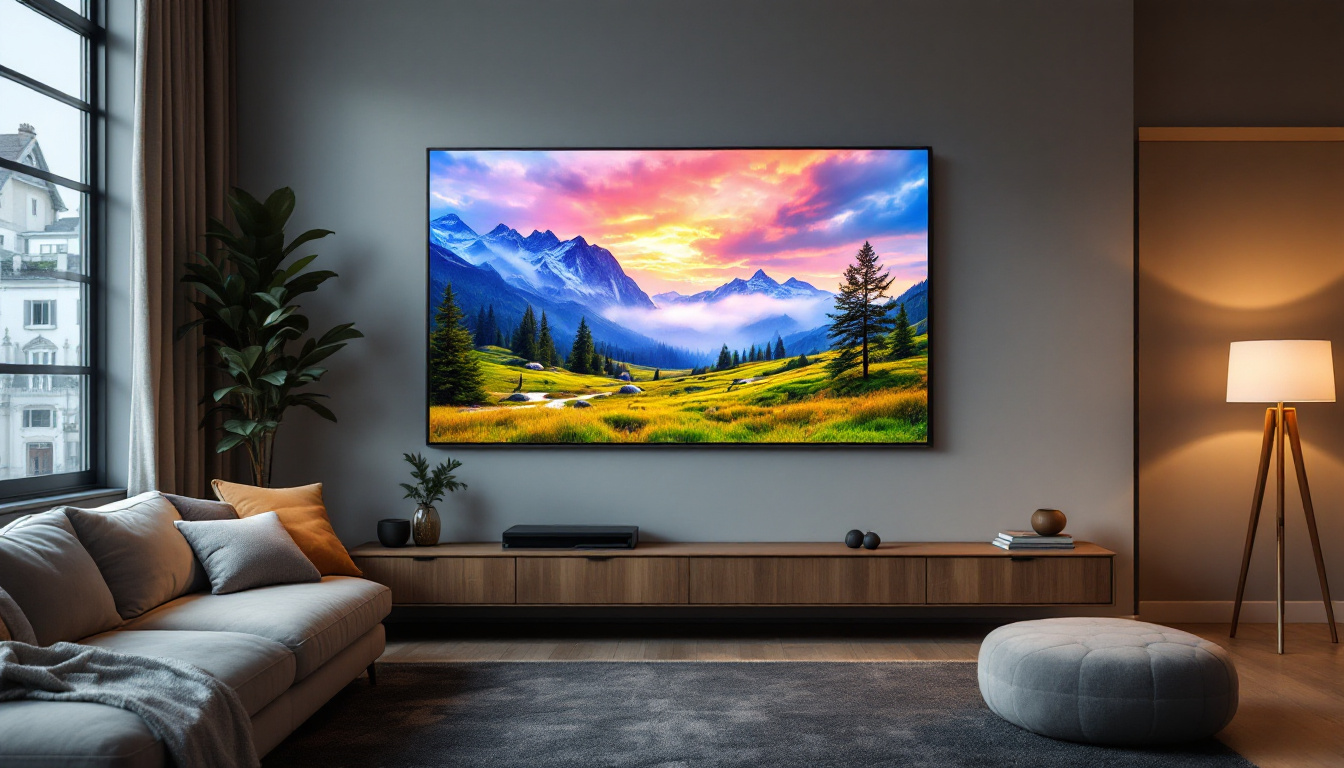The evolution of display technology has taken a significant leap with the introduction of transparent computer monitors. These innovative devices not only serve as functional screens but also offer a glimpse into the future of user interaction and design aesthetics. This article delves into the workings, benefits, and potential applications of transparent LED displays, providing a comprehensive understanding of this cutting-edge technology.
Understanding Transparent LED Displays
Transparent LED displays are a remarkable fusion of visual technology and design. Unlike traditional monitors, these displays allow users to see through them while still presenting vibrant images and information. This unique feature opens up a plethora of possibilities in various fields, ranging from advertising to interior design. The ability to blend digital content with the physical environment creates an immersive experience that captivates audiences and enhances the aesthetic appeal of any space.
Moreover, the versatility of transparent LED displays is evident in their applications. Retailers are increasingly utilizing these displays to create eye-catching storefronts, where dynamic advertisements can be showcased without obstructing the view of products inside. In museums and galleries, transparent displays can provide additional context to exhibits, allowing for interactive storytelling that engages visitors. This innovative technology not only enhances visual communication but also transforms how we interact with our surroundings.
How Transparent LED Displays Work
At the core of transparent LED displays is a sophisticated arrangement of light-emitting diodes (LEDs) that are strategically placed to create a visual effect without obstructing the view behind the screen. The technology utilizes a combination of transparent substrates and advanced circuitry to achieve this effect. When powered, the LEDs emit light that can be perceived as images or videos, while still allowing ambient light to pass through. This dual functionality is made possible by the careful engineering of the display’s components, ensuring that the visual output is both striking and unobtrusive.
The transparency level can vary depending on the design and the density of the LED Matrix. Generally, these displays can achieve transparency levels of up to 80%, which means that while the screen is active, viewers can still see objects behind it clearly. This characteristic is particularly beneficial in applications where maintaining visibility is crucial. For instance, in architectural installations, transparent LED displays can be integrated into windows or glass partitions, allowing natural light to filter through while simultaneously delivering engaging digital content.
Key Components of Transparent LED Displays
Several key components contribute to the functionality of transparent LED displays. These include:
- LED Matrix: The heart of the display, consisting of numerous tiny LEDs that create images and videos.
- Transparent Substrate: A clear material that supports the LED matrix while allowing light to pass through.
- Control System: Software and hardware that manage the display’s operation, including image processing and signal transmission.
These components work in harmony to deliver a seamless viewing experience, making transparent LED displays a fascinating subject in the realm of modern technology. Additionally, advancements in LED technology have led to improved energy efficiency and color accuracy, further enhancing the appeal of transparent displays. As manufacturers continue to innovate, we can expect to see even more refined designs that push the boundaries of what is possible with transparent displays, paving the way for new creative applications across various industries.
Benefits of Transparent LED Displays
Transparent LED displays offer a multitude of advantages that set them apart from traditional screens. Their unique characteristics not only enhance user experience but also provide innovative solutions for various industries.
Enhanced Aesthetics
One of the most striking benefits of transparent LED displays is their ability to blend seamlessly into any environment. Whether used in retail spaces, museums, or corporate settings, these displays enhance the aesthetic appeal of the surroundings. They can be integrated into glass walls, windows, or even furniture, creating an immersive experience that captivates viewers. The ability to showcase vibrant visuals without obstructing the view allows for a harmonious balance between technology and design, making it an ideal choice for architects and interior designers alike.
Moreover, the customizable nature of these displays means that businesses can tailor their content to fit seasonal themes, promotional events, or brand identity. This adaptability not only keeps the environment fresh and engaging but also encourages repeat visits from customers who are drawn to the dynamic visual storytelling that transparent displays can provide.
Space Efficiency
In an age where space is often at a premium, transparent LED displays offer a practical solution. Their see-through nature allows for the utilization of space without compromising visibility. This is particularly advantageous in urban environments where maximizing space is essential.
Additionally, these displays can replace traditional signage, providing dynamic content while maintaining the integrity of the physical space. This feature is especially beneficial in retail environments, where engaging customers with interactive content can lead to increased sales. The flexibility of transparent LED displays also allows for creative installations, such as hanging displays in atriums or large-scale windows that serve as both advertising and architectural elements.
Furthermore, the lightweight design of these displays makes installation and maintenance easier, allowing businesses to adapt their spaces quickly in response to changing trends or consumer preferences. The ability to easily update content without the need for physical changes to the environment means that businesses can remain agile and responsive, ensuring that their messaging is always relevant and impactful.
Applications of Transparent LED Displays
The versatility of transparent LED displays allows them to be employed in a wide range of applications. Their unique capabilities make them suitable for various sectors, each benefiting from the technology in distinct ways.
Retail and Advertising
In the retail sector, transparent LED displays are revolutionizing advertising strategies. Brands can showcase their products while allowing customers to see through the display, creating a more engaging shopping experience. For instance, a transparent display can be placed in a store window, displaying promotional content while still allowing passersby to view the merchandise behind it.
This approach not only attracts attention but also encourages interaction, as customers are drawn to the dynamic visuals without feeling obstructed. Furthermore, these displays can be updated easily, providing retailers with the flexibility to change their advertising campaigns in real-time.
Architecture and Interior Design
Architects and interior designers are increasingly incorporating transparent LED displays into their projects. These displays can be used as decorative elements, enhancing the overall design while serving functional purposes. For example, a transparent display can be integrated into a conference room, providing visual presentations without dominating the space.
Moreover, the ability to display information while maintaining transparency allows for innovative designs that prioritize both aesthetics and functionality. This trend is particularly evident in modern office spaces, where collaboration and communication are key.
Challenges and Considerations
Despite their numerous advantages, transparent LED displays are not without challenges. Understanding these limitations is essential for potential users and developers alike.
Cost and Accessibility
One of the primary challenges associated with transparent LED displays is their cost. The technology is still relatively new, and as such, it can be more expensive than traditional display options. This can be a barrier for smaller businesses or individuals looking to adopt this technology.
As production processes improve and demand increases, it is expected that prices will become more accessible. However, for the time being, budget considerations remain a crucial factor in the decision-making process.
Technical Limitations
Another consideration is the technical limitations of transparent LED displays. While they offer impressive transparency, the brightness and contrast levels may not match those of traditional displays, particularly in brightly lit environments. This can affect visibility and overall user experience.
Additionally, the resolution of transparent displays may not be as high as that of conventional monitors, which could impact their effectiveness in certain applications, such as detailed graphic design work or high-definition video playback.
The Future of Transparent LED Displays
The future of transparent LED displays looks promising, with ongoing advancements in technology and materials. As research continues, improvements in transparency, brightness, and resolution are anticipated, making these displays even more appealing for a wider range of applications.
Innovative Developments
Recent innovations in materials science, such as the development of organic LEDs (OLEDs) and quantum dot technology, are paving the way for more efficient and effective transparent displays. These advancements could lead to displays that not only maintain transparency but also enhance color accuracy and energy efficiency.
Moreover, as the Internet of Things (IoT) continues to expand, the integration of transparent LED displays with smart technology is likely to become more prevalent. This could lead to interactive displays that respond to user inputs in real-time, creating even more engaging experiences.
Broader Adoption Across Industries
As the technology matures, it is expected that transparent LED displays will see broader adoption across various industries. Beyond retail and design, sectors such as education, healthcare, and entertainment could benefit from the unique capabilities of these displays.
For instance, in educational settings, transparent displays could be used to create interactive learning environments, while in healthcare, they could provide real-time data visualization without obstructing the view of medical equipment. The potential applications are vast and varied, limited only by the imagination of designers and developers.
Conclusion
Transparent computer monitors represent a fascinating advancement in display technology, merging functionality with aesthetics. Their ability to provide vibrant visuals while maintaining transparency opens up new possibilities for interaction and design across various industries.
While challenges such as cost and technical limitations exist, ongoing innovations promise to enhance the capabilities of transparent LED displays, making them more accessible and effective. As this technology continues to evolve, it is poised to redefine how users interact with digital content, creating a more immersive and engaging experience.
In a world where visual communication is paramount, transparent LED displays stand at the forefront of innovation, offering a glimpse into the future of technology and design.
Discover the Future of Display Technology with LumenMatrix
Ready to elevate your visual communication and design to the next level? LumenMatrix invites you to explore our comprehensive range of LED display solutions, including our cutting-edge Transparent LED Displays. As a pioneer in LED display innovation, we’re committed to creating displays that not only enhance brand visibility but also provide mesmerizing visual experiences. From Indoor and Outdoor LED Walls to Custom and All-in-One LED Displays, our products are designed to captivate and engage. Check out LumenMatrix LED Display Solutions today and join the revolution in digital signage and visual storytelling.

